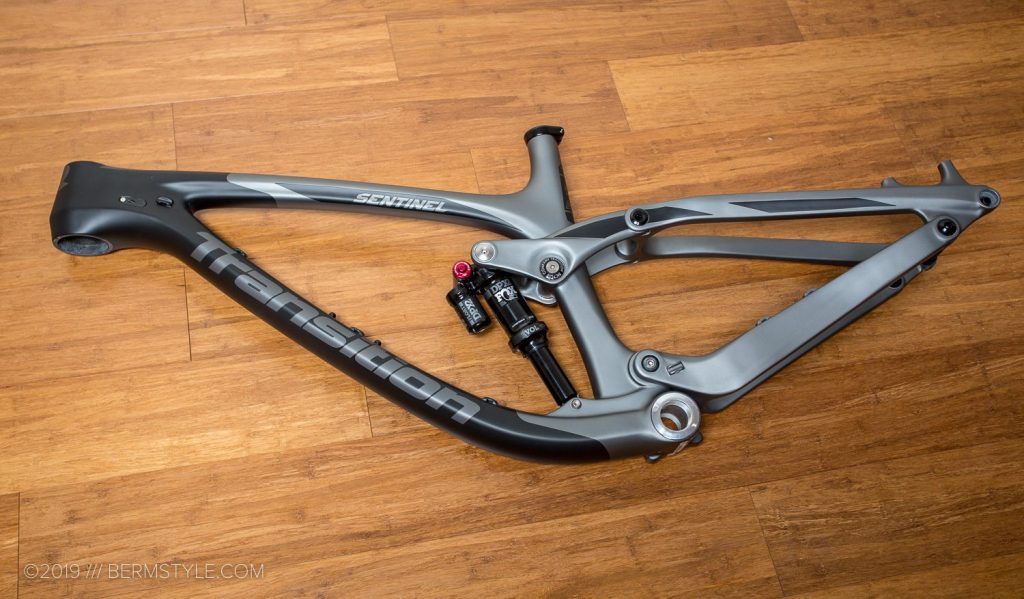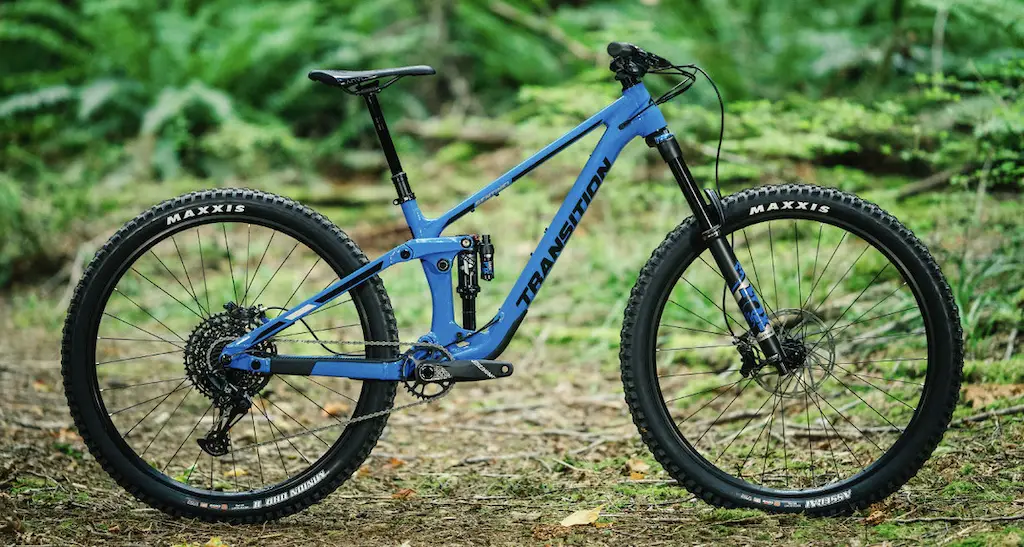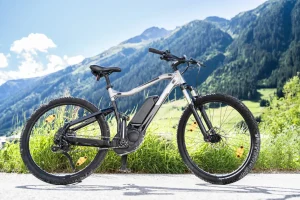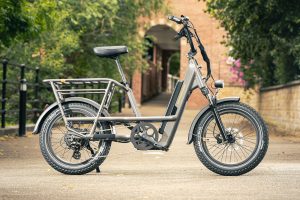Transition Sentinel Alloy vs. Carbon: Choosing the Right Frame; Transition Sentinel bikes are renowned for their versatility and performance on various trails. However, choosing between an alloy and carbon frame can significantly impact your riding experience. In this guide, we’ll delve into the differences between the two materials to help you make an informed decision.
Understanding Alloy Frames|Transition Sentinel Alloy
Alloy frames are crafted from aluminum, offering a robust and cost-effective option for mountain bikers. While alloy frames are generally heavier than carbon, they provide excellent durability and reliability, making them ideal for riders seeking a budget-friendly yet sturdy option.

Advantages and Disadvantages
Alloy frames excel in handling rough terrain and absorbing impacts, providing a stable and predictable ride. However, they may transmit more vibrations than carbon frames, resulting in slightly less comfort during long rides.
Cost-Effectiveness
One of the primary advantages of alloy frames is their affordability. Compared to carbon frames, alloy options are typically more budget-friendly, making them accessible to a wider range of riders.
Exploring Carbon Frames
Carbon frames are constructed from composite materials, offering exceptional strength-to-weight ratios and performance benefits. While carbon frames tend to be pricier than their alloy counterparts, they deliver unparalleled responsiveness and agility on the trail.
Strengths and Weaknesses
Carbon frames are prized for their lightweight construction, allowing riders to tackle climbs with ease and maneuver through technical terrain effortlessly. However, they may be more susceptible to damage from impacts than alloy frames, requiring careful handling and maintenance.
Performance Benefits
The stiffness of carbon frames translates to efficient power transfer, enhancing acceleration and agility on the trail. Additionally, carbon frames absorb vibrations more effectively than alloy frames, resulting in a smoother and more comfortable ride.
Comparing Sentinel Alloy and Carbon Frames
When comparing Sentinel alloy and carbon frames, several factors come into play, including construction differences, weight considerations, and durability.

Construction Differences
Sentinel alloy frames are crafted from high-quality aluminum, offering reliable performance and durability at an affordable price point. In contrast, Sentinel carbon frames feature advanced composite materials, providing superior stiffness and responsiveness on the trail.
Weight and Durability Considerations
Carbon frames are significantly lighter than alloy frames, enhancing climbing efficiency and overall agility. However, alloy frames are known for their exceptional durability, making them well-suited for aggressive trail riding and enduro racing.
Riding Experience: Alloy vs. Carbon
The choice between alloy and carbon frames can impact your riding experience in terms of handling, responsiveness, and comfort.
Handling and Responsiveness
Carbon frames offer unparalleled stiffness and responsiveness, allowing riders to navigate tight corners and technical sections with precision and confidence. Alloy frames, while slightly heavier, provide stable handling and predictable performance on a variety of terrain.
Comfort and Vibration Dampening
Carbon frames excel in absorbing trail vibrations, resulting in a smoother and more comfortable ride, especially on rough terrain. Alloy frames, while durable, may transmit more vibrations to the rider, potentially leading to fatigue on longer rides.

Maintenance and Longevity
Both alloy and carbon frames require regular maintenance to ensure optimal performance and longevity.
Care Requirements for Each Frame Material
Carbon frames require careful handling and inspection to prevent damage from impacts or stress fractures. Additionally, routine cleaning and maintenance are essential to preserve the integrity of the carbon fibers. Alloy frames are less prone to damage but still require periodic inspections and maintenance to address any wear and tear.
Expected Lifespan
With proper care and maintenance, both alloy and carbon frames can provide years of reliable performance. However, carbon frames may have a slightly shorter lifespan due to the potential for impact damage or stress fractures.
Budget Considerations
When choosing between Transition Sentinel Alloy and carbon frames, budget considerations play a significant role in the decision-making process.
Initial Investment vs. Long-Term Savings
Alloy frames offer a more affordable initial investment, making them an attractive option for budget-conscious riders. However, carbon frames may provide long-term savings in terms of maintenance and replacement costs, thanks to their lightweight construction and durability.
Environmental Impact
The environmental impact of frame materials is another factor to consider when choosing between alloy and carbon frames.
Sustainability of Materials
Carbon frames are typically more resource-intensive to manufacture than alloy frames, resulting in a higher environmental footprint. However, advancements in carbon recycling and sustainable manufacturing practices are helping to mitigate these concerns.

Recycling Potential
Alloy frames are highly recyclable, with aluminum being one of the most widely recycled materials in the world. Carbon frames can also be recycled, although the process is more complex and less common than aluminum recycling.
Customer Reviews and Testimonials
Real-world feedback from fellow riders and industry experts can provide valuable insights into the performance and durability of Sentinel alloy and carbon frames.
Expert Recommendations
Consulting with professional riders and bike experts can help you make an informed decision based on your riding style, preferences, and budget.
Conclusion|Transition Sentinel Alloy
Choosing between Transition Sentinel Alloy and carbon frames ultimately comes down to your riding priorities, budget, and environmental considerations. Both materials offer unique advantages and performance benefits, allowing riders to customize their bike to suit their individual needs and preferences.

FAQs|Transition Sentinel Alloy
Which is better: alloy or carbon frames?
The choice between alloy and carbon frames depends on your riding style, preferences, and budget. Alloy frames offer durability and affordability, while carbon frames provide superior stiffness and responsiveness.
Are carbon frames worth the investment?
Carbon frames are worth considering if you prioritize performance and weight savings. While they may have a higher initial cost, carbon frames can offer long-term savings in terms of maintenance and replacement expenses.
How do I maintain a carbon frame?
To maintain a carbon frame, regularly inspect for damage, clean with mild soap and water, and avoid exposing it to excessive heat or stress. Additionally, follow manufacturer recommendations for storage and maintenance.
Can I upgrade from an alloy to a carbon frame?
Yes, many bike manufacturers offer frame upgrade options, allowing riders to transition from alloy to carbon frames as their skills and preferences evolve.
What is the environmental impact of frame materials?
Both alloy and carbon frames have environmental implications, with carbon frames being more resource-intensive to manufacture but offering potential for recycling. Choosing recycled or sustainably sourced materials can help reduce the environmental impact of bike frames.













